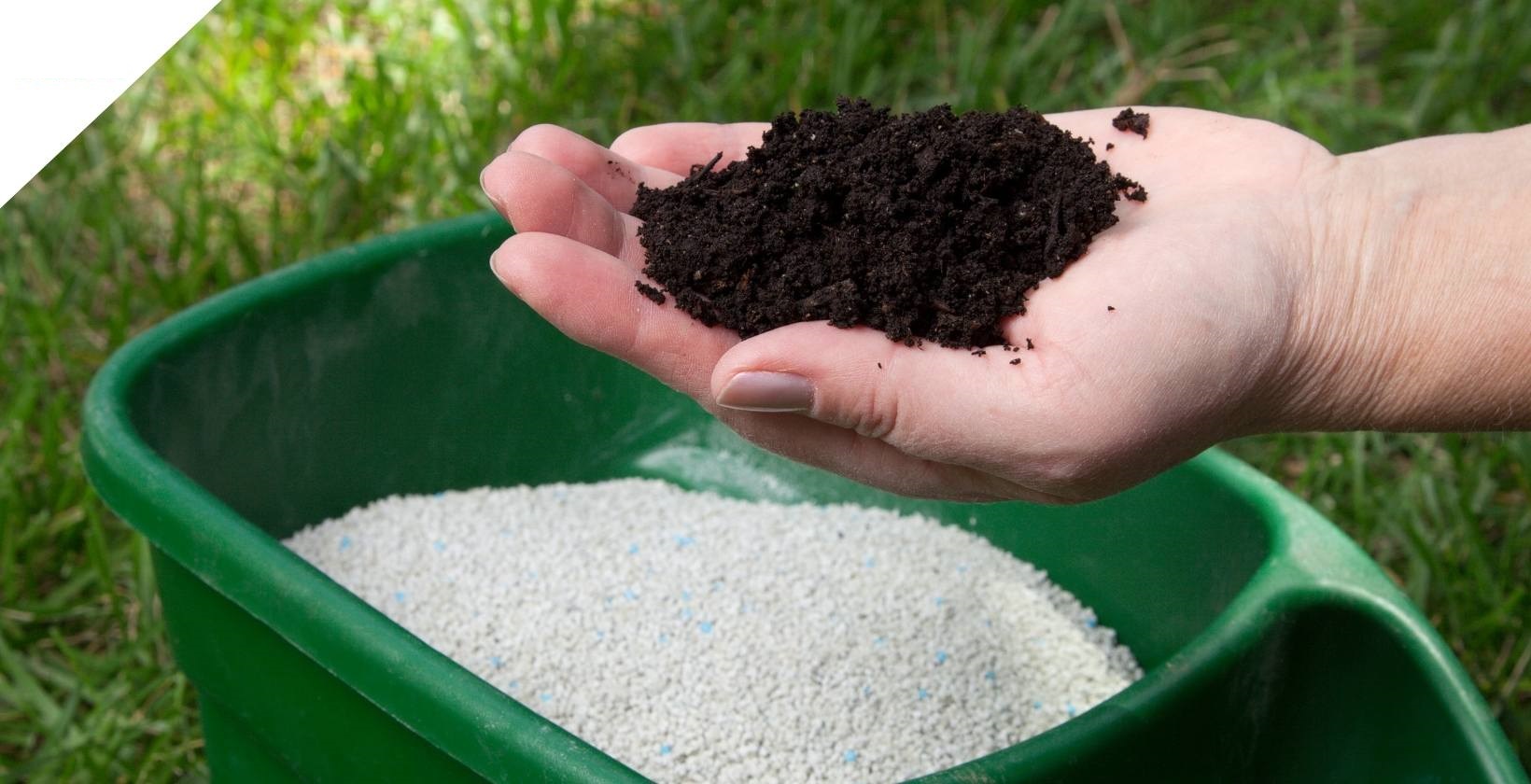

Articles
What Is A Starter Fertilizer
Modified: October 20, 2024
Learn all about starter fertilizers in this informative article. Discover the benefits and how to use them effectively to promote healthy plant growth.
(Many of the links in this article redirect to a specific reviewed product. Your purchase of these products through affiliate links helps to generate commission for Storables.com, at no extra cost. Learn more)
Introduction
When it comes to achieving a healthy and thriving garden or crop, fertilizers play a crucial role. They provide essential nutrients that plants need to grow, develop, and produce high yields. One type of fertilizer that is commonly used, particularly in the early stages of plant growth, is called a starter fertilizer.
Starter fertilizer is specifically formulated to meet the nutritional needs of young plants during their critical growth phase. It is typically applied at or near the time of planting, providing a concentrated dose of nutrients to stimulate root development and ensure a strong start for the plants.
In this article, we will delve deeper into the world of starter fertilizer, exploring its definition, benefits, nutrient composition, factors to consider when choosing one, application methods, recommended rates and timing, as well as precautions and best practices for its use.
By gaining a thorough understanding of starter fertilizer, you will be equipped with the knowledge to make informed decisions about incorporating it into your gardening or farming practices, ultimately leading to healthier and more productive plants.
Key Takeaways:
- Starter fertilizers provide essential nutrients for young plants, promoting vigorous root development, early growth, and improved nutrient uptake. Careful selection and proper application enhance plant health and maximize yield potential.
- When using starter fertilizers, consider nutrient composition, soil type, application methods, and environmental impact. Following best practices, such as avoiding over-application and integrating with other agricultural practices, ensures effective and safe use.
Read also: 10 Best Starter Fertilizer for 2025
Definition of Starter Fertilizer
Starter fertilizer is a type of fertilizer specifically designed to provide essential nutrients to young plants during their early growth stages. It is typically applied directly to the soil at or near the time of planting or seeding. The high concentration of nutrients in a starter fertilizer helps to meet the increased nutrient demands of developing plants, promoting strong root development and overall plant vigor.
Unlike other fertilizers that are designed for mature plants, starter fertilizers are formulated keeping in mind the specific needs of newly germinated seeds or transplants. These young plants have delicate root systems that require a nutrient boost to establish themselves quickly and efficiently in the soil.
Starter fertilizers usually contain higher levels of phosphorus (P) and sometimes also nitrogen (N) and potassium (K) compared to other fertilizers. Phosphorus is a crucial nutrient for root development, and its availability early in a plant’s life is critical. Nitrogen promotes leaf growth and overall plant health, while potassium aids in various physiological functions, including water and nutrient uptake.
It is important to note that starter fertilizers come in different formulations, including granular, liquid, and even slow-release formulations. The choice of formulation depends on various factors, such as the type of crop or plant being grown, the soil conditions, and the desired nutrient delivery method.
Overall, the main purpose of a starter fertilizer is to give young plants a nutritional head start, ensuring they have the necessary nutrients readily available during their critical early growth stages. This sets a strong foundation for healthy plant development and can lead to increased yields and improved crop quality.
Benefits of Using Starter Fertilizer
The use of starter fertilizer offers several benefits to plants and growers alike. Let’s explore some of the key advantages:
- Promotes vigorous root development: Starter fertilizers are specifically formulated to provide a high concentration of phosphorus, which is vital for root development. By supplying young plants with an abundance of this nutrient, starter fertilizers encourage robust root growth. Stronger roots allow plants to access water and nutrients more efficiently, leading to improved overall plant health and resilience.
- Enhances early plant growth: The nutrient composition of starter fertilizers, including the higher levels of nitrogen and phosphorus, helps to support rapid initial growth. Nitrogen promotes lush foliage, while phosphorus stimulates early flowering and fruiting. This accelerated growth can lead to earlier maturity and higher yields in crops.
- Improves nutrient uptake efficiency: Starter fertilizers aid in enhancing the uptake of essential nutrients by young plants. The concentrated nutrient levels in the fertilizer ensure that plants have an adequate supply during their critical growth stages when nutrient demands are high. This boosts nutrient uptake efficiency and minimizes the risk of nutrient deficiencies, ensuring healthy and thriving plants.
- Reduces transplant shock: When transplanting young seedlings or plants into new soil, they often experience transplant shock due to the disturbance of their root system. Starter fertilizers can help alleviate this shock by providing a nutrient-rich environment for the newly transplanted plants. The added nutrients help plants recover more quickly, establish stronger root systems, and minimize stress.
- Maximizes yield potential: By providing the necessary nutrients early in a plant’s life, starter fertilizers can maximize its overall yield potential. The strong root system and enhanced early growth facilitated by these fertilizers contribute to increased nutrient uptake, better plant utilization of resources, and ultimately, higher crop yields.
It is important to note that while starter fertilizers offer numerous benefits, they are most effective when used in conjunction with other good agricultural practices, such as proper irrigation, soil preparation, and pest management. Taking a holistic approach to plant nutrition and care will ensure the best results in terms of plant health and productivity.
Nutrient Composition in Starter Fertilizer
The nutrient composition of starter fertilizers is a crucial factor in their effectiveness in promoting early plant growth and development. These fertilizers are specifically formulated to provide the necessary nutrients for young plants during their critical growth stages. The primary nutrients found in starter fertilizers include nitrogen (N), phosphorus (P), and potassium (K), also known as N-P-K.
Phosphorus (P) is a key component of starter fertilizers, as it plays a vital role in supporting root development. Young plants require an adequate supply of phosphorus to stimulate strong and healthy root growth. It helps the young plants establish themselves firmly in the soil, allowing for efficient water and nutrient uptake. The phosphorus in starter fertilizers is typically present in the form of phosphates, such as monoammonium phosphate (MAP) or diammonium phosphate (DAP).
Nitrogen (N) is another essential nutrient found in starter fertilizers. It promotes vigorous vegetative growth, including the development of leaves and stems. Nitrogen is crucial for increasing plant biomass and ensuring lush foliage. The nitrogen source in starter fertilizers can vary, with common options including ammonium nitrate, urea, or ammonium sulfate.
Potassium (K) is sometimes included in starter fertilizers, although the concentration is often lower compared to nitrogen and phosphorus. Potassium aids in various plant functions, such as water regulation, nutrient uptake, and disease resistance. It helps plants withstand environmental stresses and promotes overall plant health.
In addition to the primary N-P-K nutrients, starter fertilizers may also contain secondary macronutrients like calcium (Ca), magnesium (Mg), and sulfur (S), as well as micronutrients like iron (Fe), zinc (Zn), manganese (Mn), copper (Cu), molybdenum (Mo), and boron (B). These secondary macronutrients and micronutrients are required by plants in smaller quantities but are essential for their proper growth and development.
The nutrient composition of starter fertilizers may vary depending on the specific brand or formulation. It is important to carefully read the label or consult with a knowledgeable expert to ensure that the chosen starter fertilizer meets the specific nutrient requirements of the plants being grown.
By providing young plants with the right balance of nutrients through a well-formulated starter fertilizer, growers can initiate healthy root development and promote optimal early growth, setting the stage for vibrant and productive plants.
Factors to Consider When Choosing a Starter Fertilizer
Choosing the right starter fertilizer is crucial to ensure optimal growth and development of young plants. Consider the following factors when selecting a starter fertilizer:
- Nutrient composition: Assess the nutrient composition of the fertilizer to ensure that it meets the specific needs of the plants you are growing. Starter fertilizers should have a higher concentration of phosphorus (P) to promote root development, along with a balanced ratio of nitrogen (N) and potassium (K) for overall plant growth.
- Soil type and fertility: Consider the characteristics of your soil, such as its pH level, nutrient content, and organic matter content. Different soils may require different nutrient formulations to address specific deficiencies or imbalances. Conduct a soil test to determine the nutrient requirements and choose a starter fertilizer that addresses those needs.
- Crop type and growth stage: Different crops have varying nutrient requirements during their early growth stages. Consider the specific needs of your crop and select a starter fertilizer that aligns with those requirements. Some crops may have higher demands for certain nutrients, so choose a fertilizer that provides adequate levels of those specific nutrients.
- Application method: Starter fertilizers can be applied in various ways, such as broadcasting, banding, or incorporation into the soil. Consider the most suitable application method for your specific crop and farming practices. Some starter fertilizers are formulated for specific application methods, so choose one that aligns with your preferred method.
- Cost and availability: Consider your budget and the availability of starter fertilizers in your area. Compare prices and evaluate the cost-effectiveness of different options. It is important to strike a balance between cost and quality, ensuring that you are getting a reliable and effective product at a reasonable price.
- Environmental impact: Take into account the environmental impact of the starter fertilizer you choose. Look for fertilizers that are formulated to minimize leaching and runoff, reducing the risk of water pollution. Consider environmentally-friendly options, such as slow-release or organic starter fertilizers, which release nutrients gradually and have lower environmental impact.
It is also essential to follow the manufacturer’s recommendations regarding the application rates, timing, and frequency. Over-application of starter fertilizers can lead to nutrient imbalances or environmental issues, while under-application may not provide the desired benefits to the plants.
By considering these factors and selecting a suitable starter fertilizer, you can ensure that your young plants receive the necessary nutrients for healthy growth and optimal establishment. Making an informed choice will contribute to the overall success of your gardening or farming endeavors.
When choosing a starter fertilizer, look for a product with a higher concentration of phosphorus, which promotes strong root development in young plants.
Application Methods for Starter Fertilizer
When it comes to applying starter fertilizer, there are several methods to choose from. The application method you select will depend on various factors, such as the type of crop, soil conditions, equipment availability, and personal preference. Let’s explore some common application methods for starter fertilizer:
- Broadcasting: Broadcasting involves spreading the starter fertilizer evenly across the soil surface. This method is commonly used in larger-scale farming operations where equipment like a broadcast spreader can be used. It offers convenience and efficiency in covering large areas quickly. However, broadcasting may result in some fertilizer landing on the plant foliage, which can lead to potential foliar burn if not done carefully.
- Banding: Banding involves placing the starter fertilizer in a concentrated band alongside the seed row or transplant hole. This method ensures that the young plants have direct access to the nutrients as they develop their roots. Banding is often done with the help of specialized equipment, such as a planter with fertilizer attachments or a side-dresser. It allows for precise nutrient placement and reduces the risk of fertilizer runoff or leaching.
- Incorporation: Incorporation involves mixing the starter fertilizer into the soil before planting or seeding. This can be done by tilling or cultivating the soil to incorporate the fertilizer particles. It ensures that the nutrients are evenly distributed throughout the root zone and readily available to the young plants. Incorporation requires proper soil preparation to ensure uniform mixing and adequate contact between the fertilizer and soil.
- Fertigation: Fertigation is a method of applying liquid fertilizer through an irrigation system. This technique is commonly used in greenhouse operations or large-scale farming with irrigation systems in place. Starter fertilizers can be dissolved and injected into the irrigation water, allowing for precise and efficient nutrient delivery directly to the plant roots. Fertigation offers flexibility in nutrient application timing and can be adjusted based on crop needs and environmental conditions.
- Foliar Application: While less common for starter fertilizer, foliar application involves spraying a diluted solution of the fertilizer onto the plant foliage. This method allows nutrients to be absorbed through the leaves and stems, bypassing the root system. Foliar application is often used to address specific nutrient deficiencies or provide an extra boost of nutrients during critical growth stages. However, it is important to note that starter fertilizers are primarily designed for root uptake and may not be as effective when applied foliarly.
It is crucial to consider the specific requirements of your crops, soil conditions, and equipment availability when choosing an application method for starter fertilizer. Each method has its advantages and considerations, and it is recommended to follow the manufacturer’s guidelines for proper application rates and techniques.
Regardless of the application method, it is important to ensure that the starter fertilizer is applied at the appropriate time, usually during planting or shortly after, to provide the young plants with the essential nutrients they need for optimal early growth and development.
Recommended Rates and Timing of Starter Fertilizer Application
The rates and timing of starter fertilizer application are critical factors in ensuring that young plants receive the optimal amount of nutrients during their early growth stages. While specific recommendations may vary depending on the crop, soil conditions, and fertilizer formulation, here are some general guidelines to consider:
Rates:
- As a general rule, starter fertilizers typically have higher nutrient concentrations compared to other fertilizers. The recommended rate will depend on factors such as soil fertility and nutrient requirements of the specific crop.
- For phosphorus (P), which is crucial for root development, application rates often range from 10 to 30 pounds per acre. However, it is important to conduct a soil test to determine the exact phosphorus requirements, as excessive phosphorus can lead to environmental issues.
- For nitrogen (N) and potassium (K), the rates may vary based on crop demands, soil conditions, and other factors. It is recommended to consult agricultural extension services, agronomists, or fertilizer manufacturers to determine the appropriate rates for your specific situation.
Timing:
- Starter fertilizers are typically applied at or near the time of planting or seeding, ensuring that the nutrients are available to young plants during their crucial early growth stages.
- If using granular or incorporated starter fertilizers, they are usually applied and mixed into the soil just before planting. This allows the nutrients to be in close proximity to the young roots as they develop.
- Liquid starter fertilizers can be applied during planting or through fertigation systems shortly after planting. This allows for precise nutrient placement and efficient delivery to the young roots.
- Timing may also depend on the specific crop and its growth requirements. Some crops benefit from a split application, where a portion of the starter fertilizer is applied at planting, and the rest is applied later during early growth stages.
It is important to consider the specific recommendations provided by fertilizer manufacturers or consult with agronomists or agricultural experts familiar with your crop and growing conditions. They can provide targeted advice on the appropriate rates and timing of starter fertilizer application to maximize plant health and productivity.
Proper timing and application rates are crucial to ensure that the nutrients in the starter fertilizer are available at the right time and in the right amounts to support optimal early plant growth and development. By following recommended guidelines, you can provide young plants with the necessary nutrients for a strong start and a successful growing season.
Precautions and Best Practices for Using Starter Fertilizer
While starter fertilizers can be highly beneficial for promoting healthy plant growth, it is important to follow certain precautions and best practices to ensure their effective and safe use. Here are some key considerations:
- Read and follow label instructions: Always carefully read and follow the instructions provided by the manufacturer for the specific starter fertilizer you are using. The label will provide important information regarding application rates, timing, safety precautions, and storage guidelines.
- Avoid over-application: Applying excessive amounts of starter fertilizer can lead to nutrient imbalances, environmental pollution, or even plant damage. Follow the recommended application rates to avoid overloading the soil with nutrients.
- Consider soil and plant nutrient needs: Conduct a soil test to assess the nutrient content and pH level of your soil. This will help determine the specific nutrient requirements of your plants and guide your choice of starter fertilizer. Tailoring the nutrient composition to match the needs of your crops will lead to more effective and efficient fertilizer use.
- Monitor soil moisture: Moisture levels in the soil can impact the availability and uptake of nutrients. Ensure that the soil is adequately moist when applying starter fertilizer to promote nutrient absorption by the plant roots. However, avoid waterlogged or overly saturated soil conditions, as this can lead to nutrient leaching.
- Avoid direct contact with plant foliage: Starter fertilizers are typically designed for root uptake, so avoid direct contact with the plant foliage. Excessive fertilizer on leaves can cause burning or other damage. If foliar contact occurs, promptly rinse the foliage with water to minimize any potential harm.
- Store and handle fertilizers safely: Store starter fertilizers in a cool, dry place away from direct sunlight, moisture, and other chemicals. Follow appropriate safety protocols when handling fertilizers, such as wearing protective equipment like gloves and goggles. Keep fertilizers out of reach from children and pets.
- Consider environmental impact: Choose starter fertilizers that have minimal environmental impact, such as slow-release formulations that release nutrients gradually, reducing the risk of nutrient runoff or leaching. Consider incorporating organic or environmentally-friendly fertilizers into your practice, which can promote sustainable and eco-friendly agricultural practices.
- Integrate starter fertilizer with other practices: Remember that starter fertilizers are most effective when used in conjunction with other good agricultural practices. This includes proper soil preparation, adequate irrigation, integrated pest management, and other necessary cultural practices to ensure optimal plant health and growth.
By following these precautions and best practices, you can maximize the benefits of starter fertilizer while minimizing any potential risks. Remember that every growing environment and crop may have specific requirements, so it is always beneficial to consult with local agricultural experts or extension services for personalized advice based on your specific situation.
Conclusion
Starter fertilizers play a vital role in providing young plants with the necessary nutrients for healthy development and optimal early growth. These specially formulated fertilizers can promote vigorous root development, enhance early plant growth, improve nutrient uptake efficiency, reduce transplant shock, and maximize yield potential. By giving young plants a nutritional head start, starter fertilizers set a strong foundation for robust plant growth and improved crop productivity.
When choosing a starter fertilizer, factors such as nutrient composition, soil type and fertility, crop type and growth stage, application methods, cost and availability, and environmental impact should be considered. It is important to select a fertilizer that aligns with the specific requirements of your plants and adheres to good agricultural practices.
Applying starter fertilizers at the recommended rates and timing is crucial to ensure effective nutrient delivery to young plants. Various application methods, including broadcasting, banding, incorporation, fertigation, and foliar application, can be used depending on the crop and farming practices. Following proper application techniques and considering the specific recommendations provided by manufacturers or agricultural experts will help maximize the benefits of starter fertilizers.
However, it is important to exercise caution when using starter fertilizers. Follow label instructions, avoid over-application, monitor soil moisture, avoid direct contact with plant foliage, store and handle fertilizers safely, and consider the environmental impact. Integrating starter fertilizer use with other good agricultural practices will contribute to optimal plant health, environmental sustainability, and successful growing endeavors.
In conclusion, starter fertilizers are valuable tools for promoting strong and healthy plant growth in the early stages. By making informed choices, following best practices, and considering the specific needs of your plants and growing conditions, you can harness the full potential of starter fertilizers and cultivate thriving gardens or bountiful crops.
Frequently Asked Questions about What Is A Starter Fertilizer
Was this page helpful?
At Storables.com, we guarantee accurate and reliable information. Our content, validated by Expert Board Contributors, is crafted following stringent Editorial Policies. We're committed to providing you with well-researched, expert-backed insights for all your informational needs.
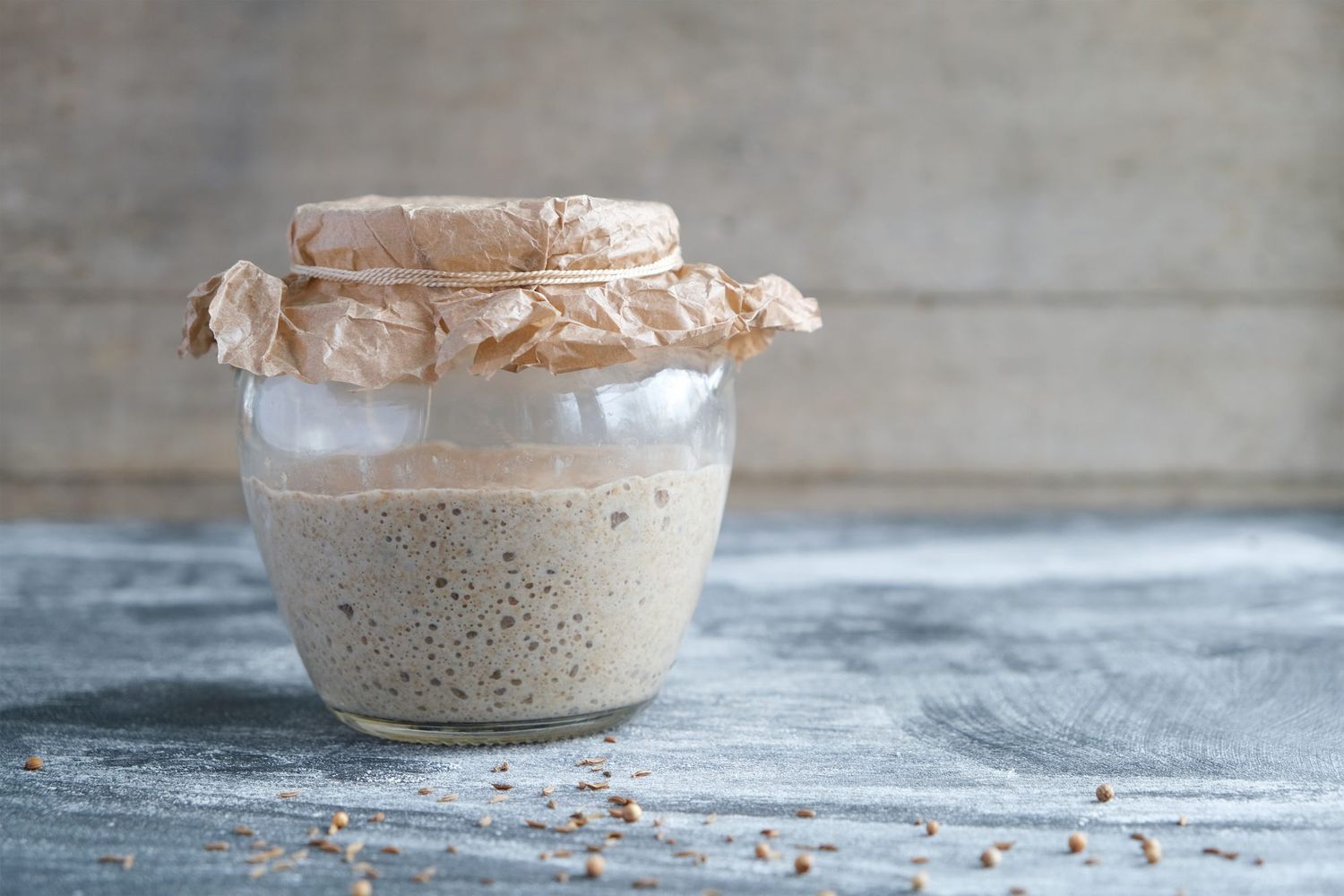
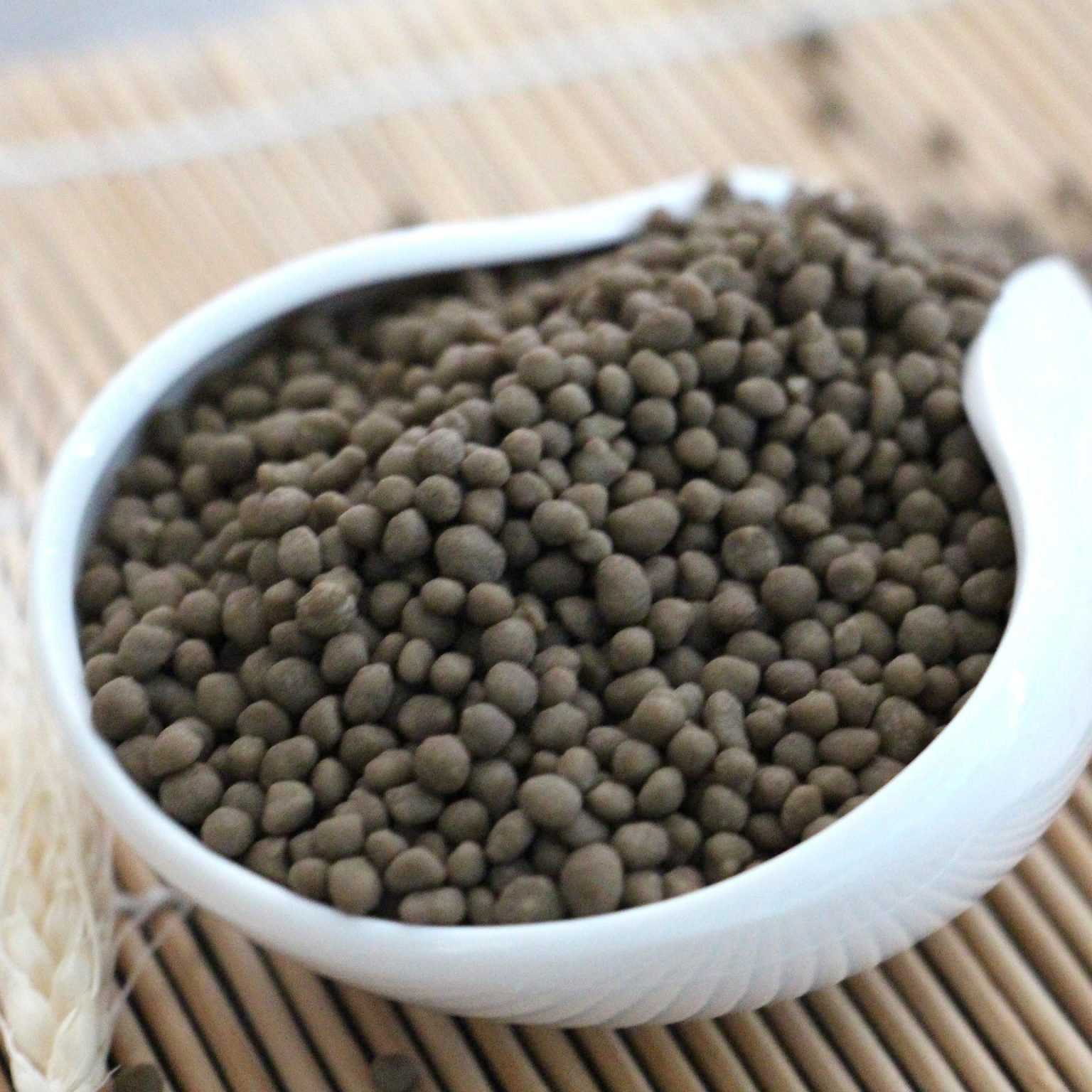

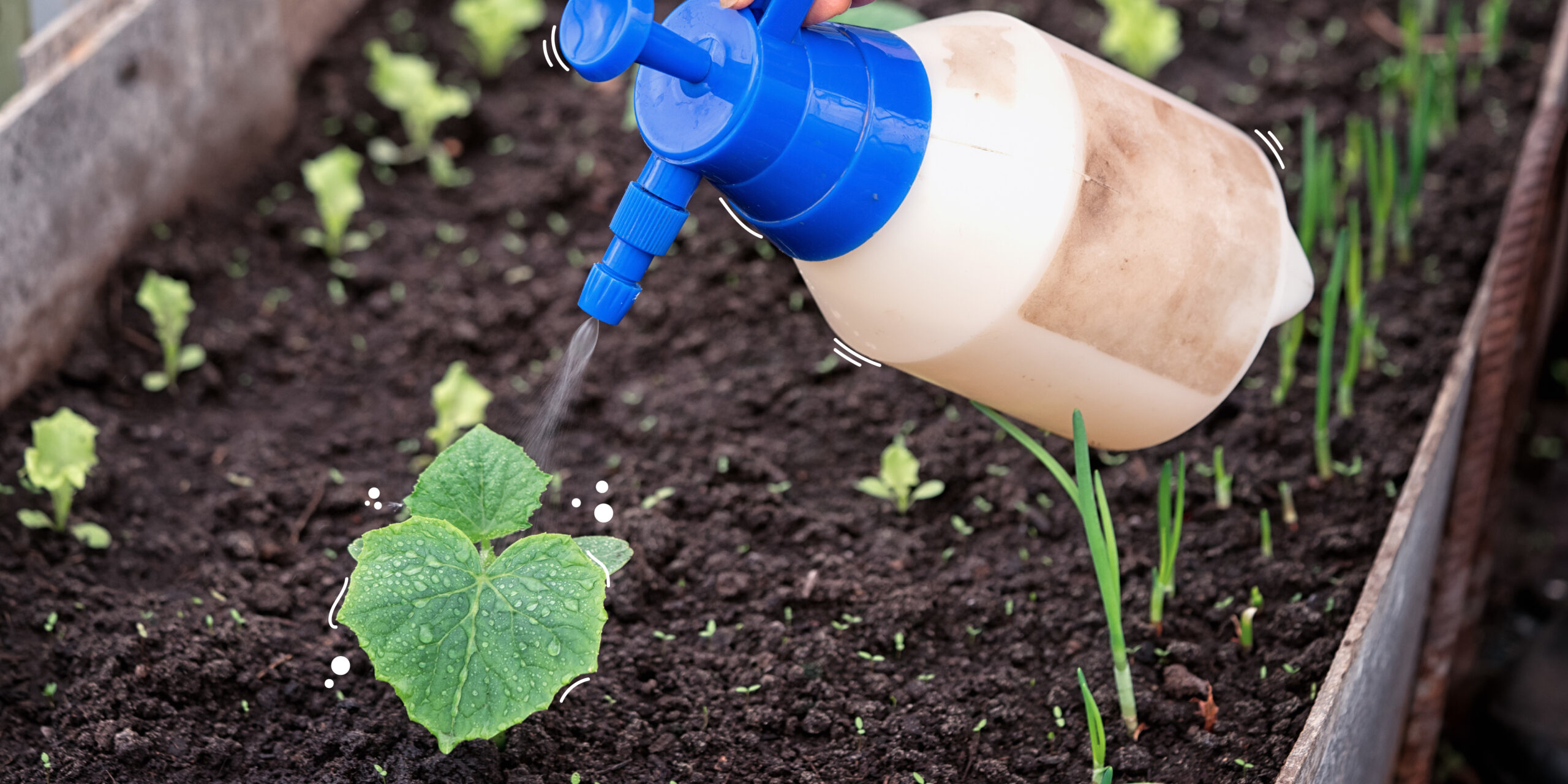
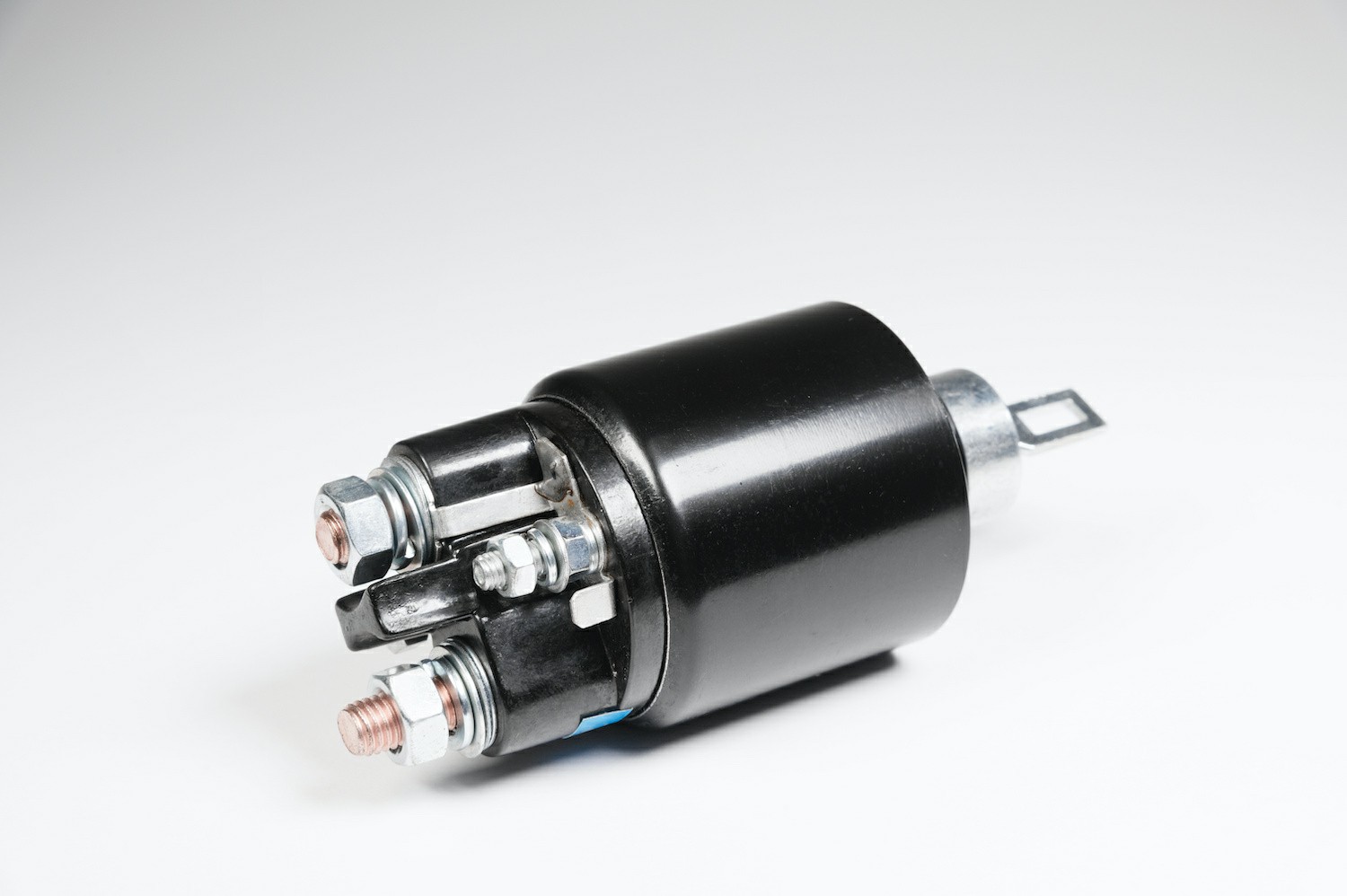
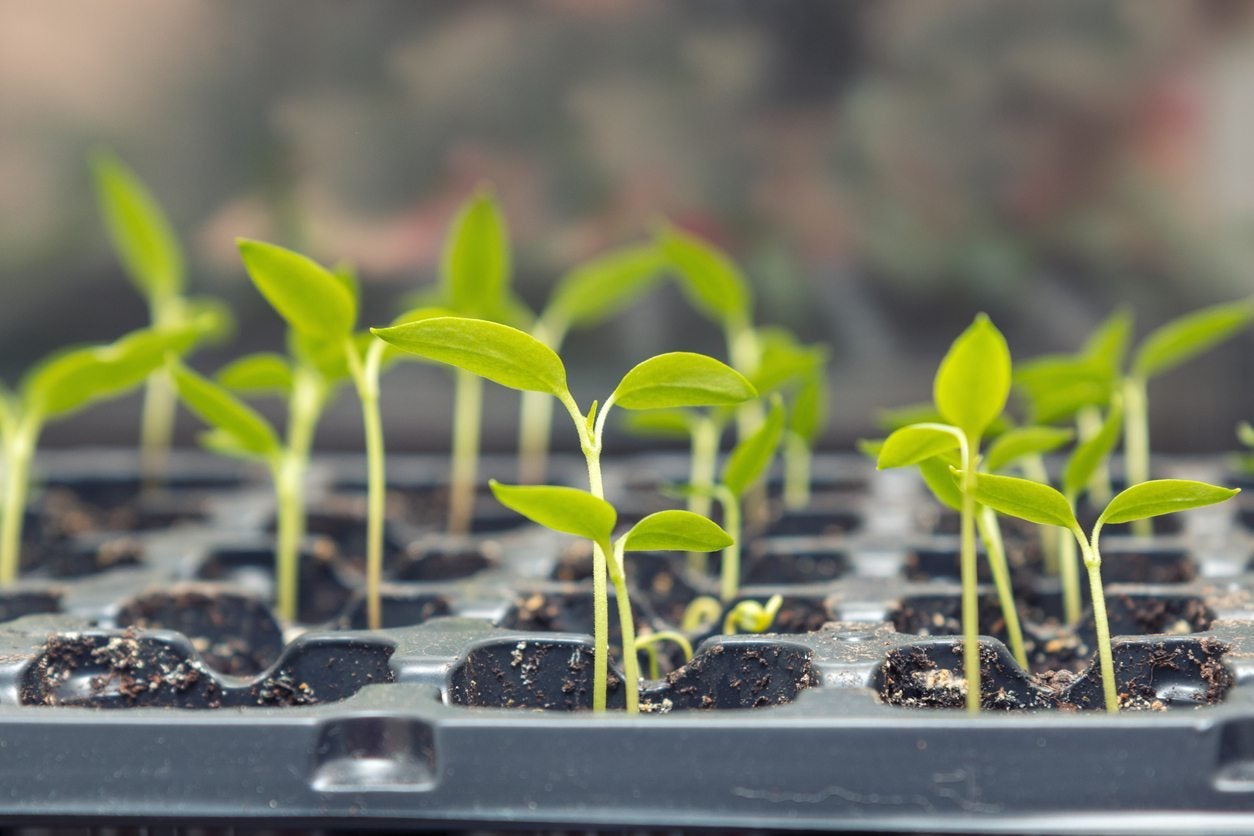
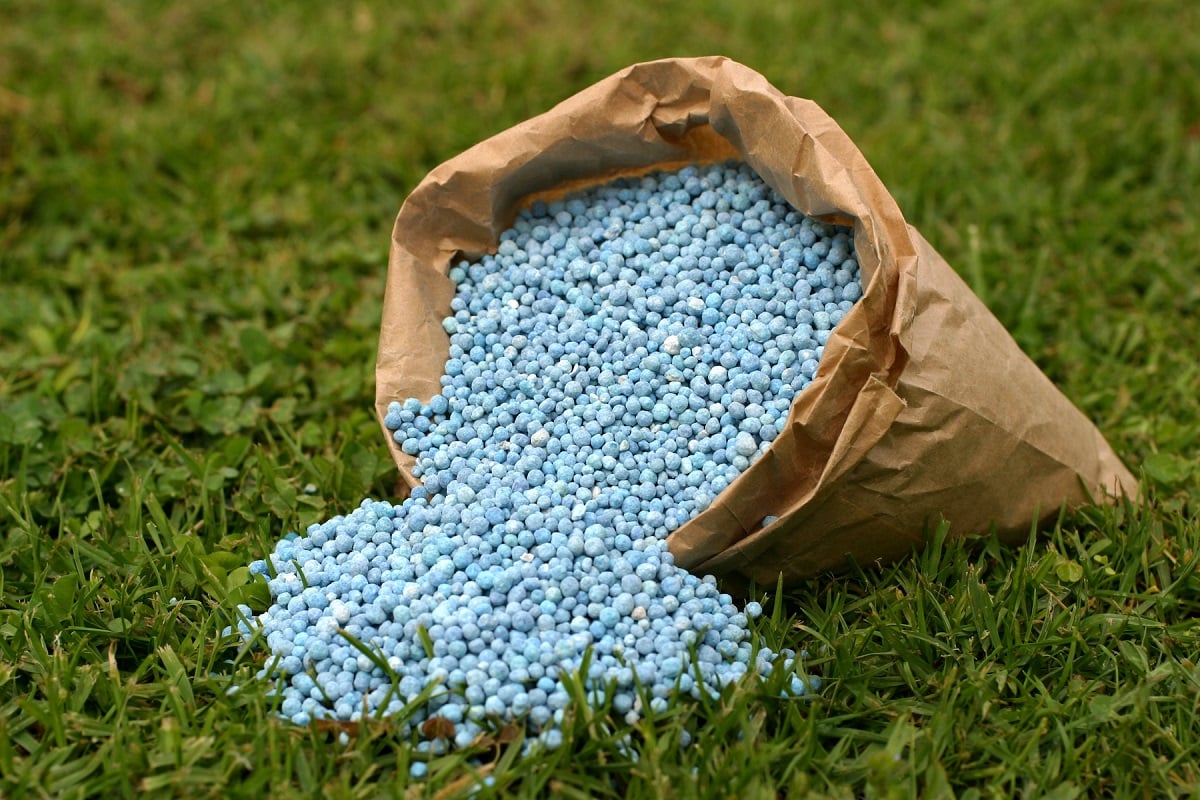
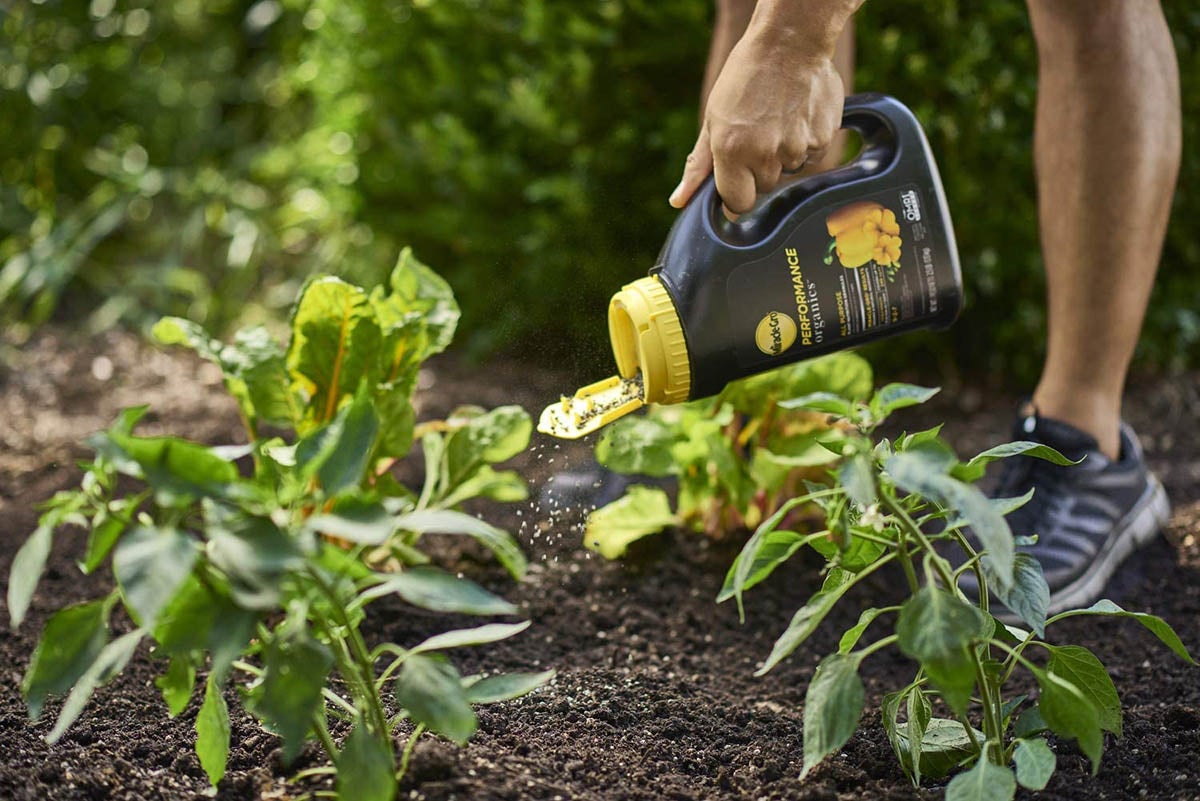
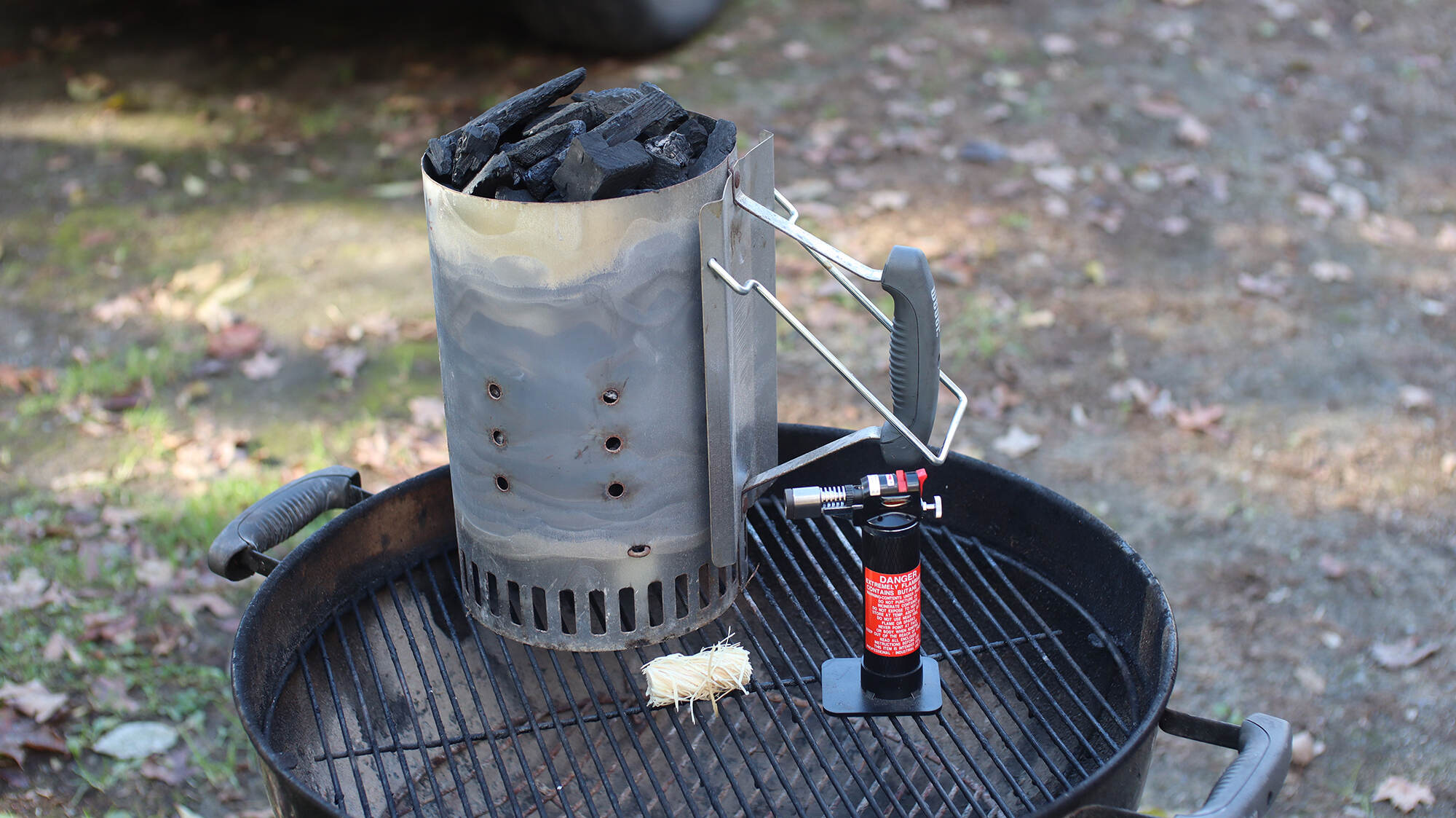


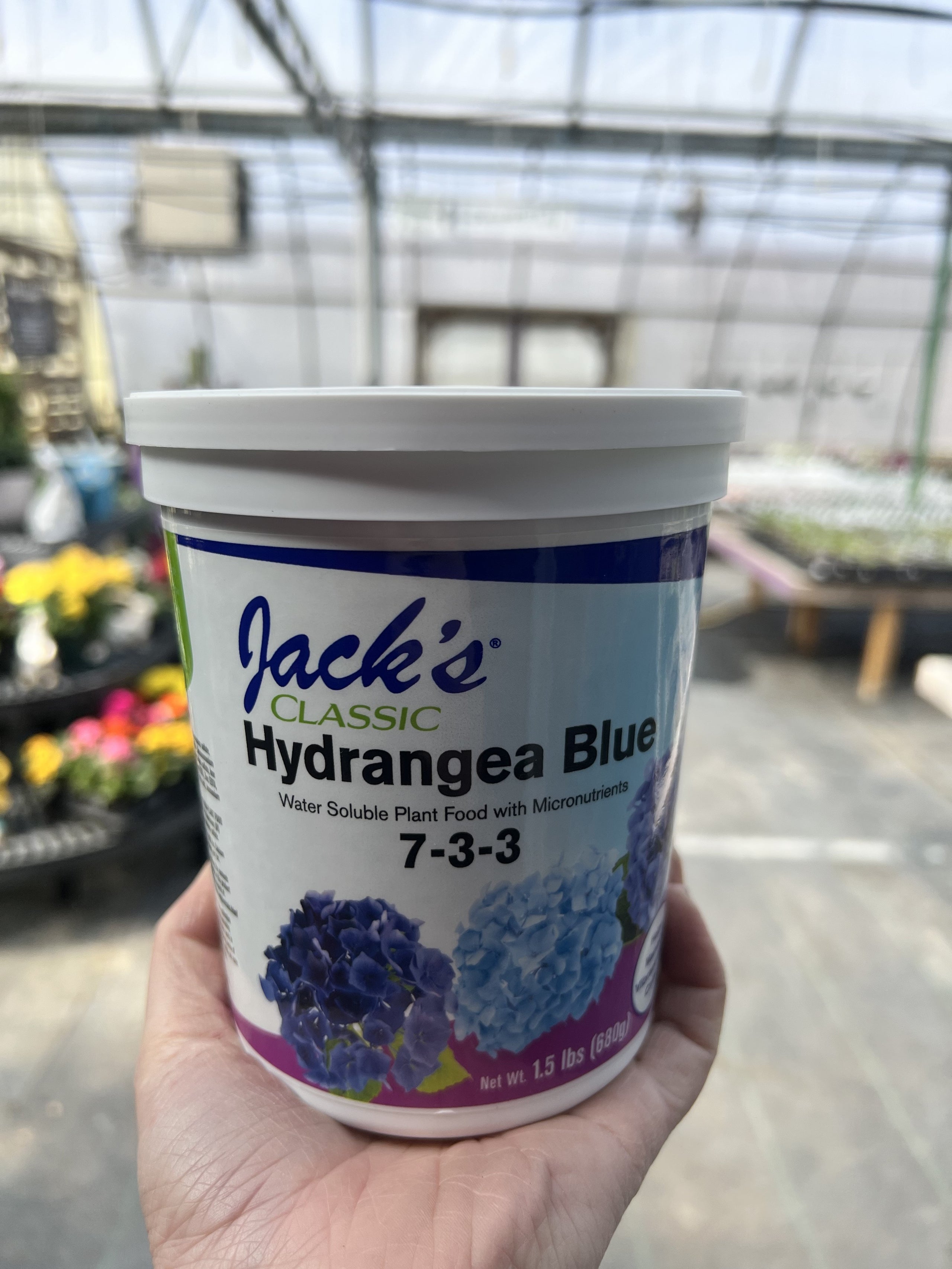
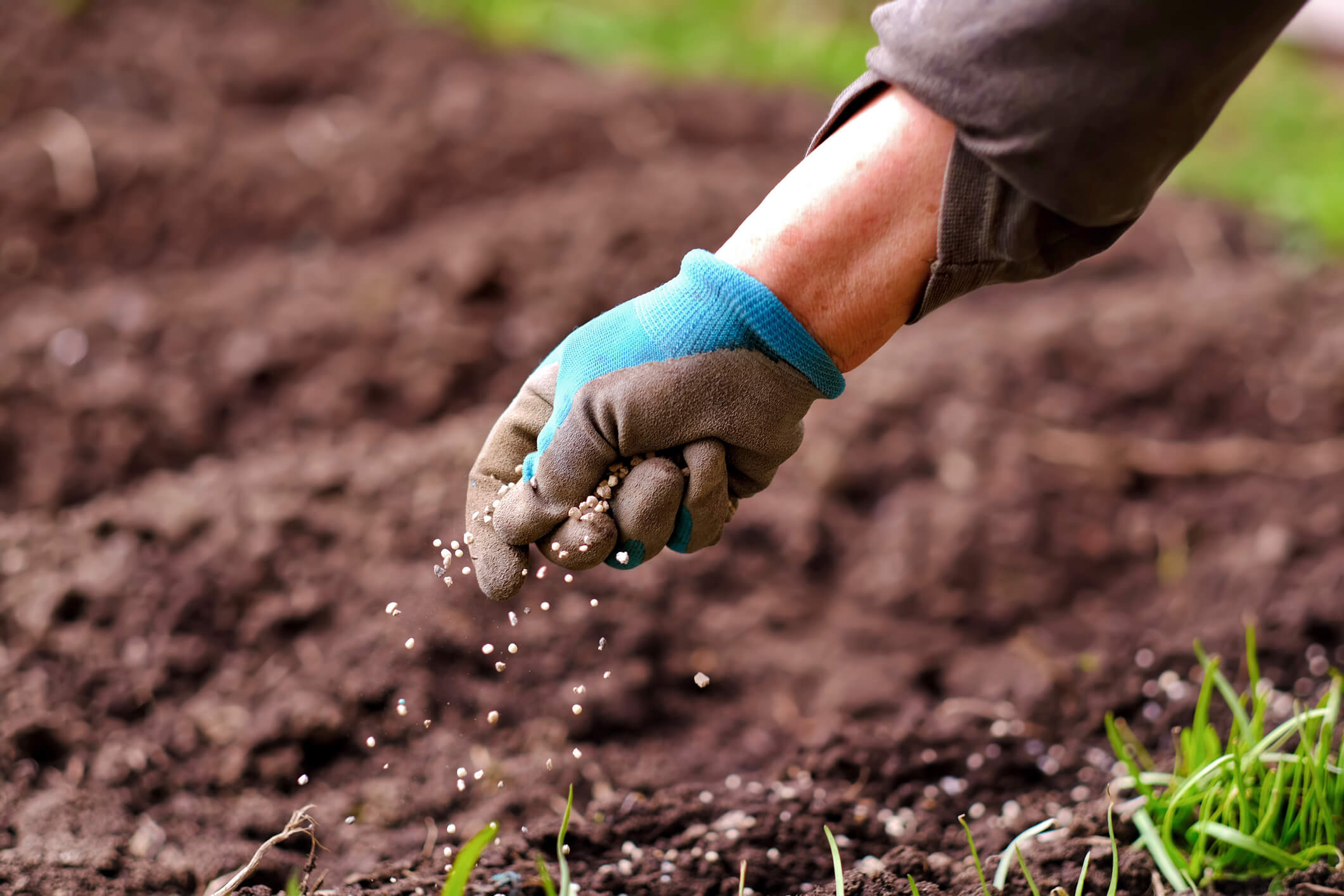
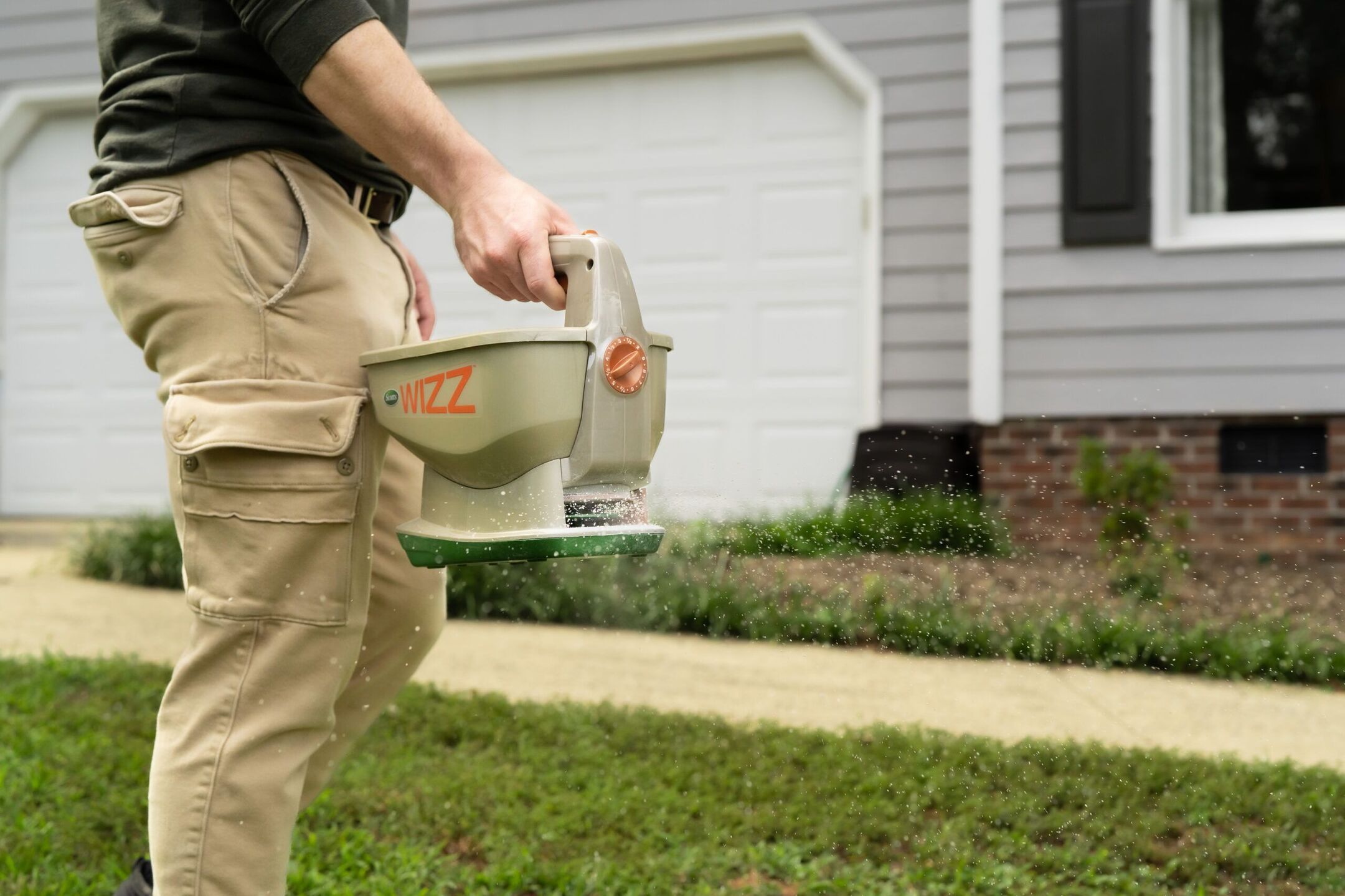

0 thoughts on “What Is A Starter Fertilizer”